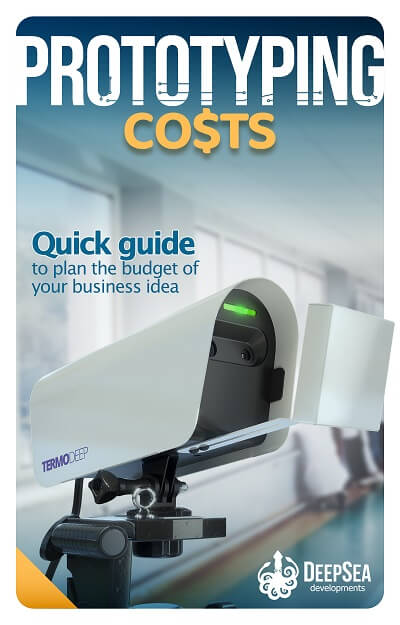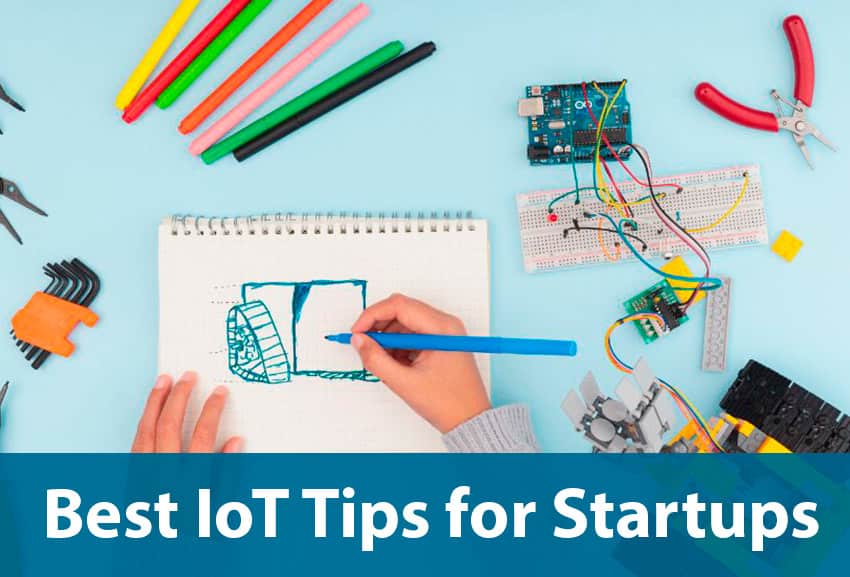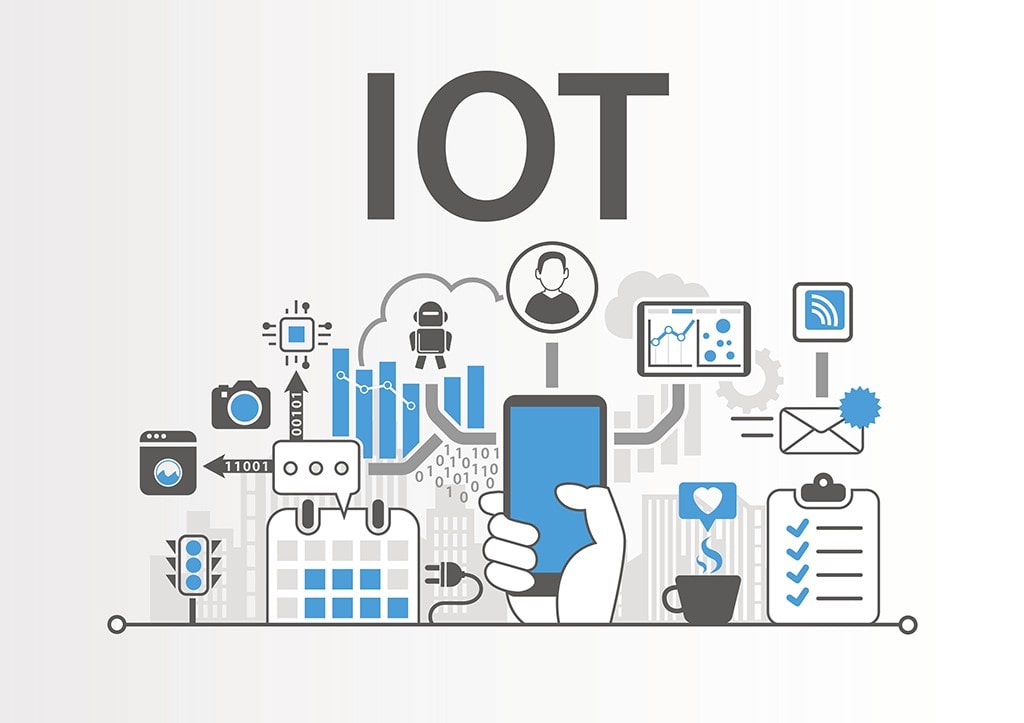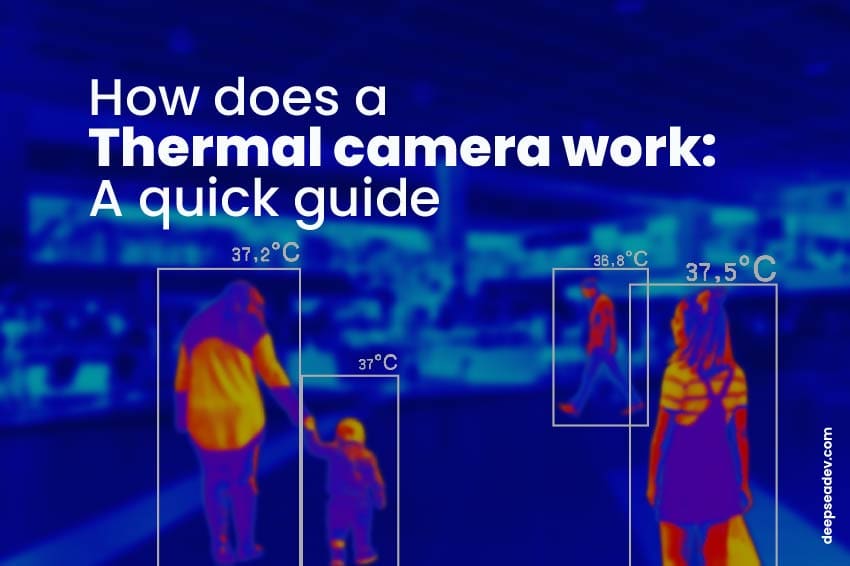Are you a startup looking to venture into the world of IoT devices? The Internet of Things (IoT) is rapidly expanding and presents immense opportunities for businesses to innovate and succeed. If you know what is IoT and why is it important, you probably understand that diving into IoT can be overwhelming, especially for new startups. That’s why we’ve compiled some essential IoT tips to help you navigate the complex world of IoT devices and start your journey towards success.
Our IoT tips cover crucial aspects to consider when creating a new Internet of Things device, from hardware and software development to data security and user experience. With our expert guidance, you may ensure your IoT device is not only functional but also secure, user-friendly, and scalable.
IoT Tip number one: Technical challenges
The most important IoT advice for startups or entrepreneurs that are planning to build a new IoT device is to validate the technical challenges of the product (proof of concept vs prototype).
The IoT product development process can be highly technical, requiring expertise in hardware design, firmware and software development, networking, and data analysis. Entrepreneurs may struggle to find the right team members or partners with the necessary skills and experience.
That’s why it is necessary to consider the following aspects to create a good product or device:
Working on a good prototype will quickly help you validate how complex your IoT device may be. According to the results, you may need to reconsider your idea and start over, or on the other hand, if the results are positive, you can continue with the product development (reasons for IoT device development).
IoT Tip number two: Funding and budget
Developing an IoT product can be expensive, requiring significant investment in research, prototyping, iterations, development, and manufacturing. Entrepreneurs may struggle to secure funding or access to resources needed to develop and bring their product to market.
The recommendation here for getting more money is to learn how to implement a campaign for product crowdfunding, or show your device to potential investors at investment rounds or international organizations that may want to fund your project.
Another way to get quick funding is to work on an IoT open source device that many early adopters may like to support. The con here is that there may be some limitations regarding the originality or stability of your product.
Startups also need to be aware of their budget for each step of the development process, since it will condition how much progress can be done with the IoT device design and development.
Check our ebook about prototyping costs:

IoT Tip number three: Regulations and data privacy
Among the best IoT tips we have for startups launching their first device, it is to bear in mind that IoT products may be subject to a range of regulatory requirements related to security, electronic standards, and interoperability. Startups may struggle to navigate these requirements and ensure that their product meets relevant standards.
The other element to consider is IoT data privacy, since devices may collect and transmit sensitive data, such as personal or financial information. Startups need to build a strong device that isn’t vulnerable to cyber attacks or data breaches. There are many IoT devices examples that you can check to understand how they interact with other products. Keep in mind in what market or industry your device will perform in, and make the necessary adjustments to create an IoT product that can’t be hacked so easily.
IoT Tip number four: User experience and feedback
Before you advance to marketing IoT products, you need to realize if your IoT product will be embraced by its potential users. Many prototypes have failed in the market not because of a bad design, or maybe a problem in the hardware, but because of not considering the final user.
You need to do several tests with potential customers before you advance to the manufacturing stage. Get all the necessary feedback that ensures they really like your product and make the necessary improvements.
Also, remember to analyze your target audience, market share, prices, technologies, and competitors (see what is a product development strategy). Ask yourself, what are the best IoT ideas out there and how are they being applied?
Check every market where your product may operate:
- Healthcare
- Consumer electronics
- Industry
- Fitness
- Smart water
- Smart energy (IoT energy solutions)
- Smart cities
- Tracking (IoT fleet management use cases)
IoT Tip number five: Potential for scaling and support
Another IoT advice you have to consider are the challenges of scaling your production, supply chains, and ongoing maintenance and support. When you are planning to develop your device, think of the overall costs of developing it at large scale and storing capabilities.
Many startups don’t consider these aspects before developing a new IoT device.
Outsourced product development companies can help you to realize how difficult or easy it is to scale and maintain your IoT device at a high level. Planning is crucial in this stage to avoid investing a high budget and risk losing thousands of dollars.
Don’t let the fear of the unknown hold you back from taking advantage of the incredible potential that the Internet of Things has to offer. Follow our IoT tips and set your startup on the path towards success in this amazing world.






